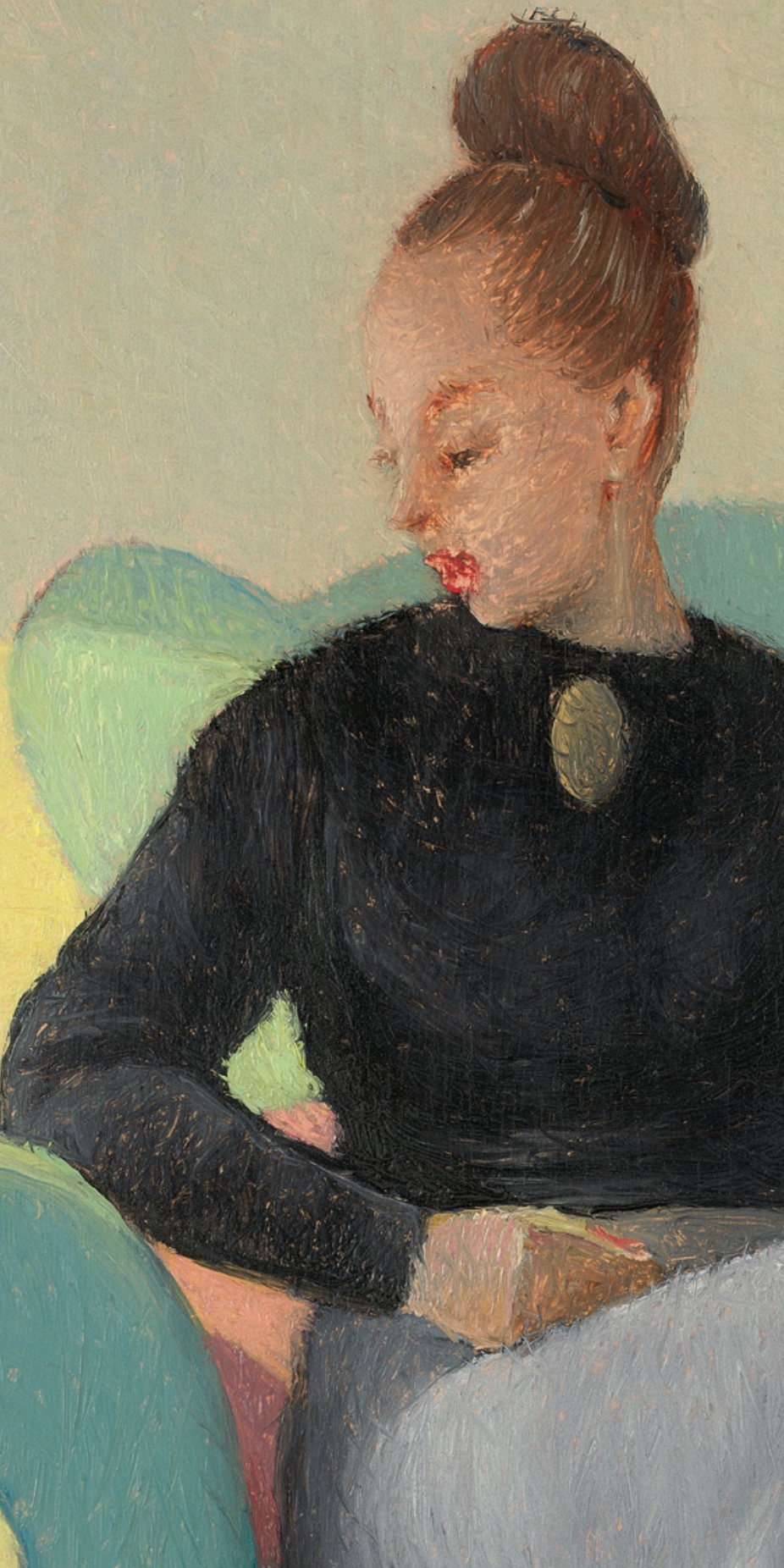Francesco Lavagna (Naples, 1684-1724) was an Italian still life painter who worked mainly in Naples.
Little is known about his biographical data and career, but he was first mentioned by B. De Dominici in the 18th century and has since been regarded as an important still life painter of the Neapolitan School.

.jpg)

%2B%2B(1).jpg)
